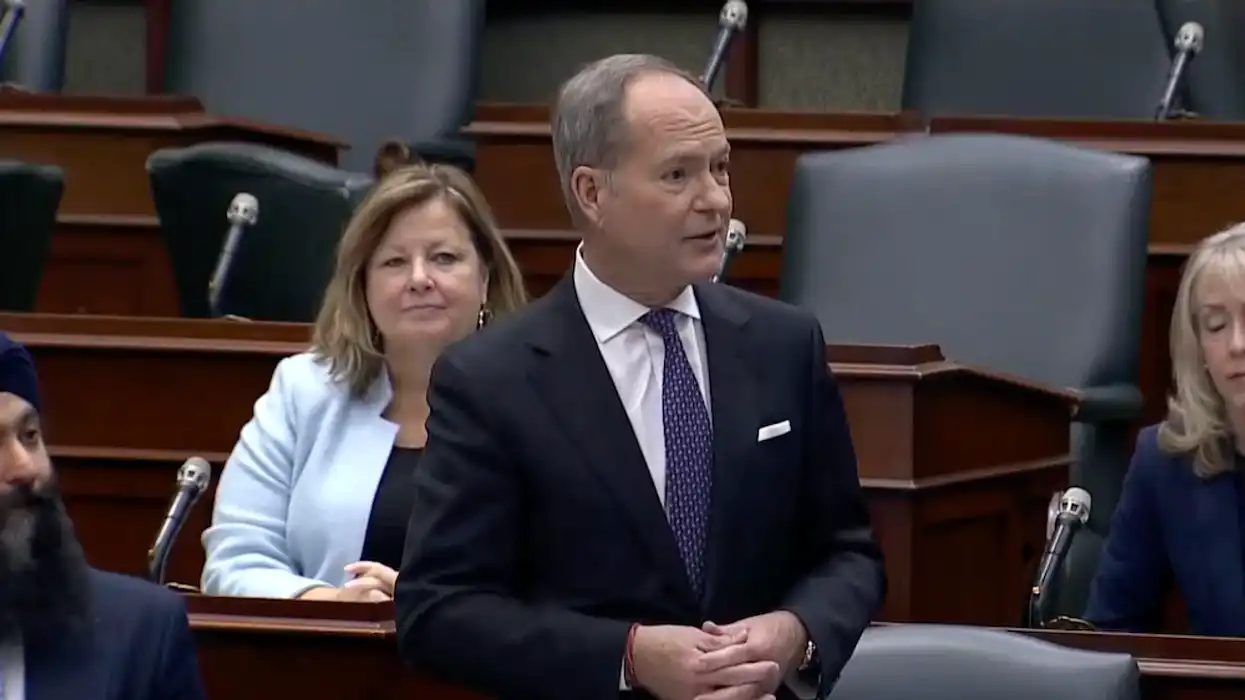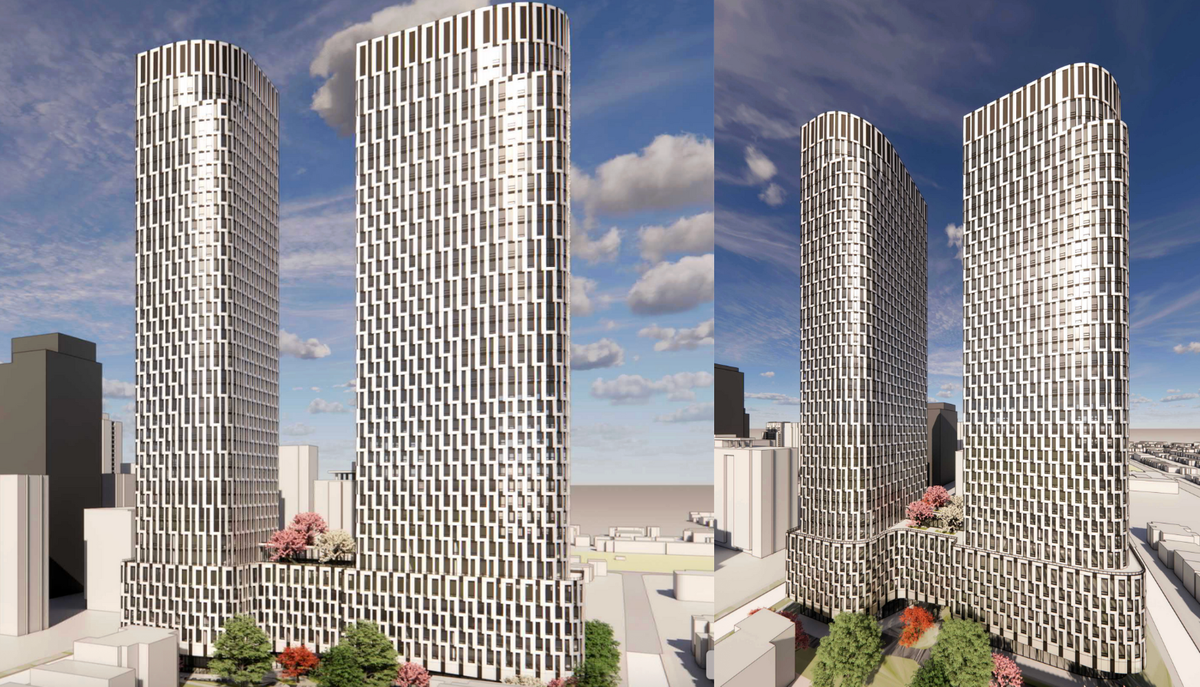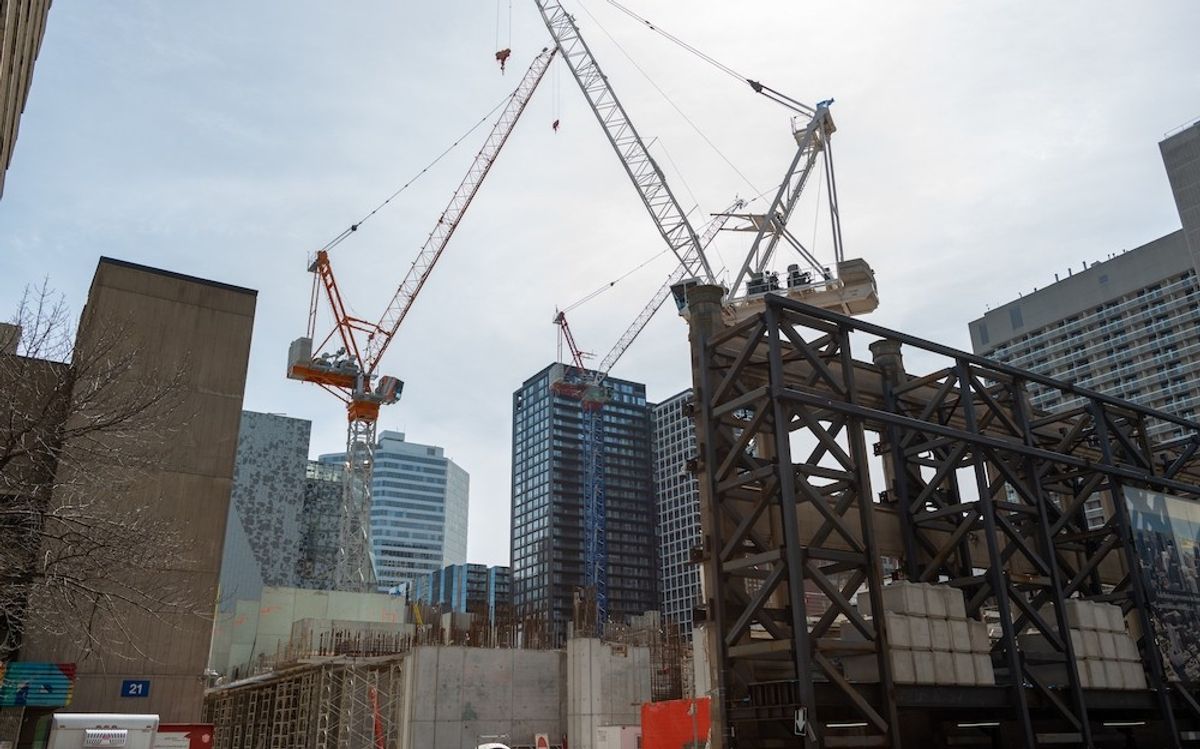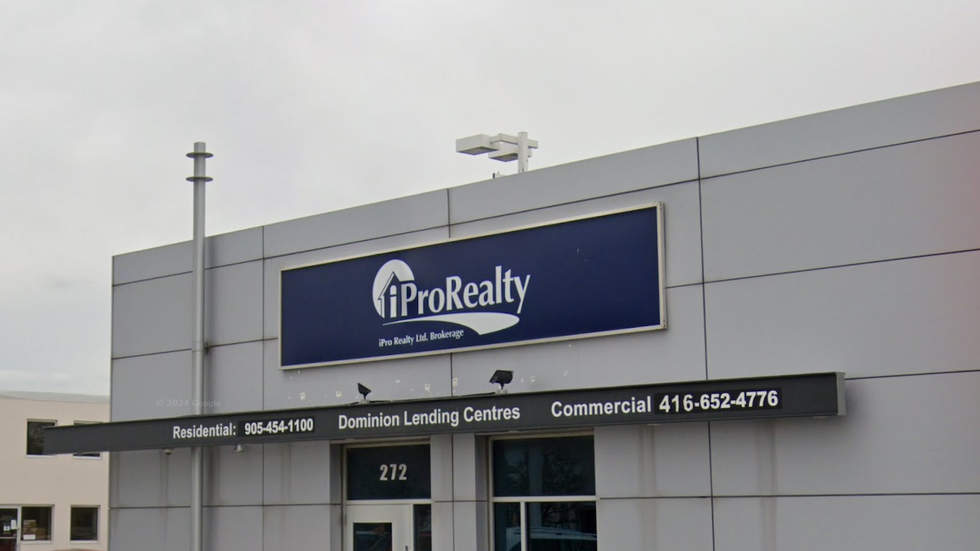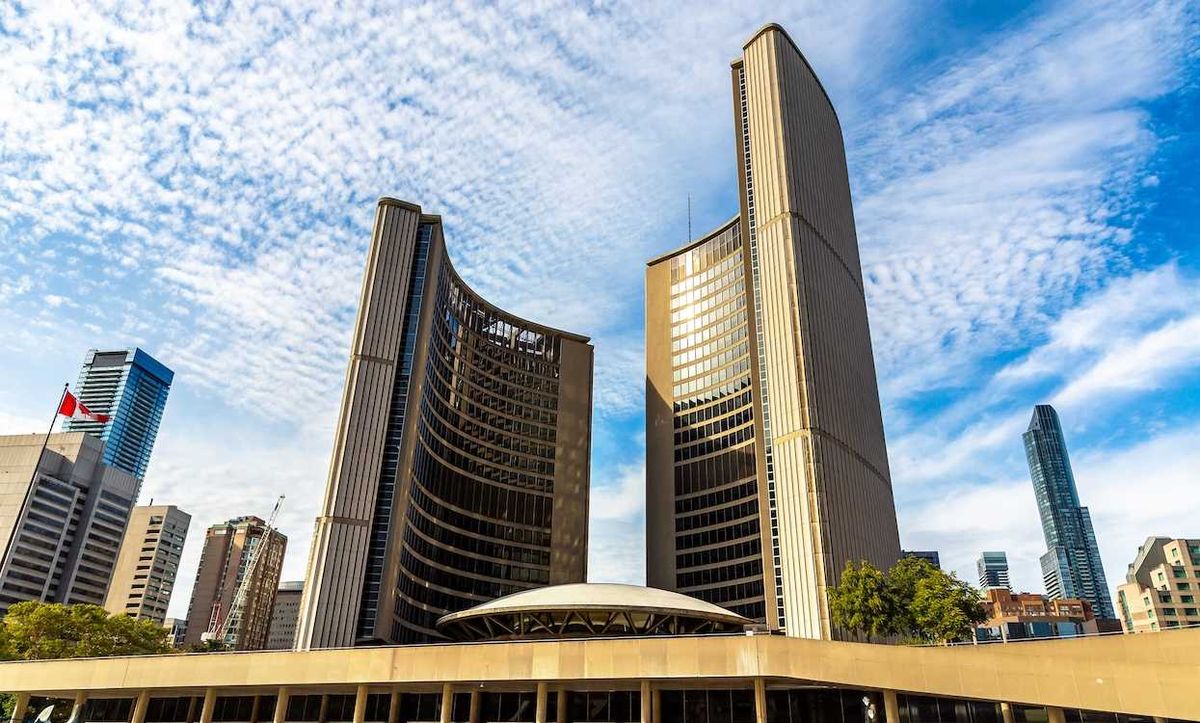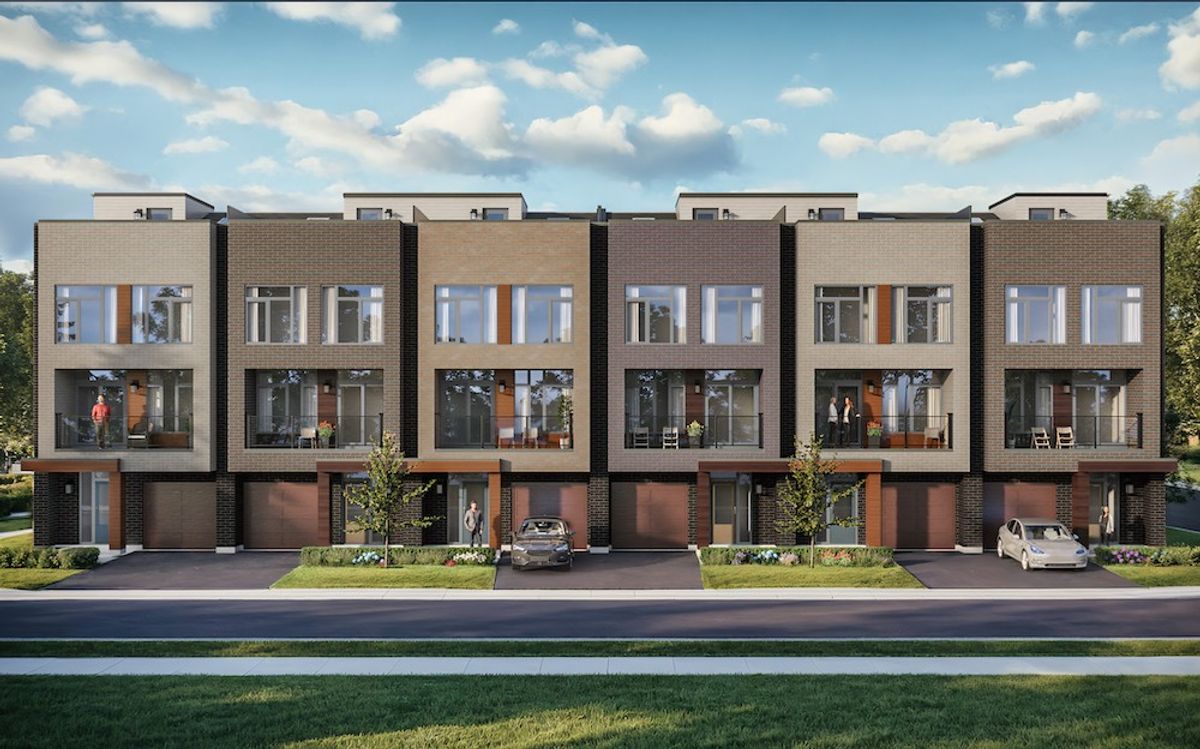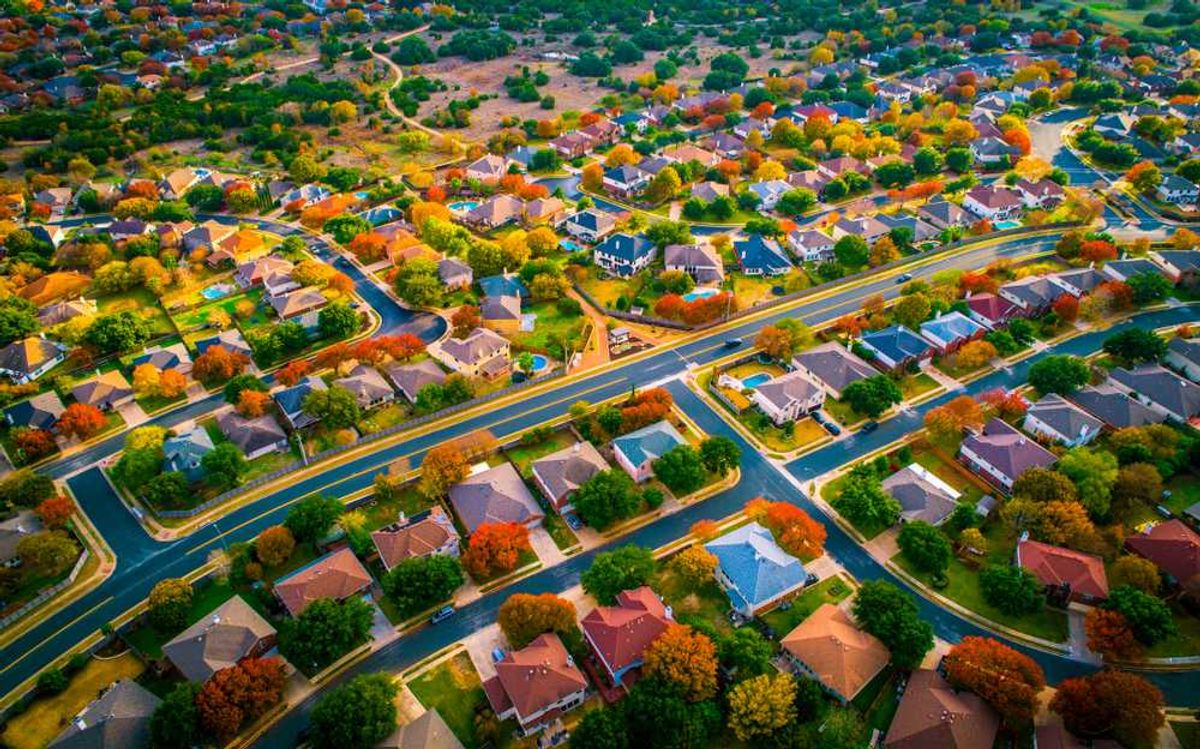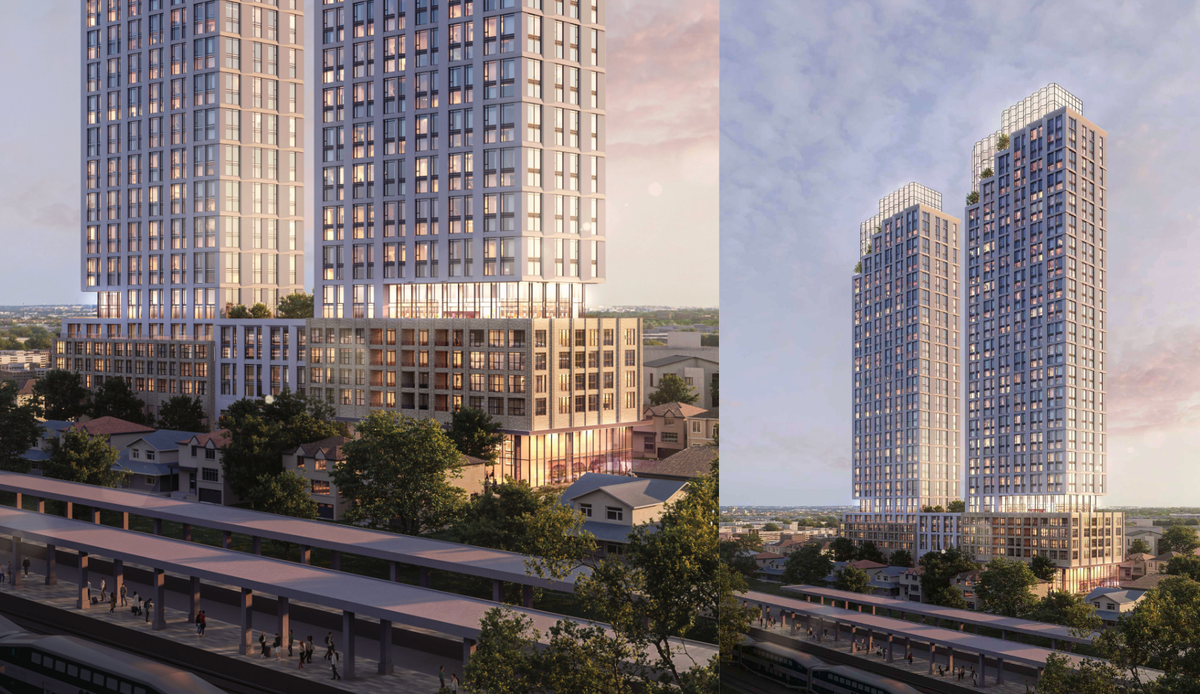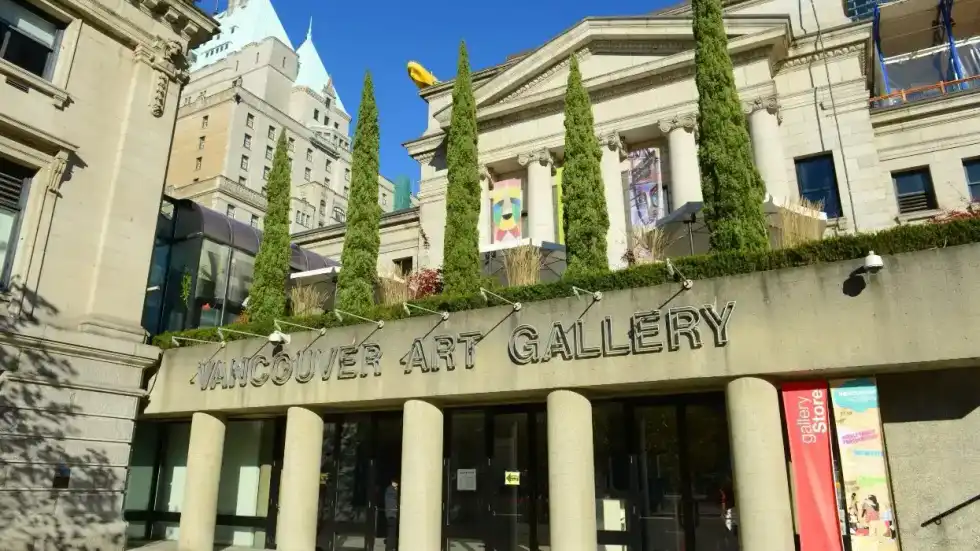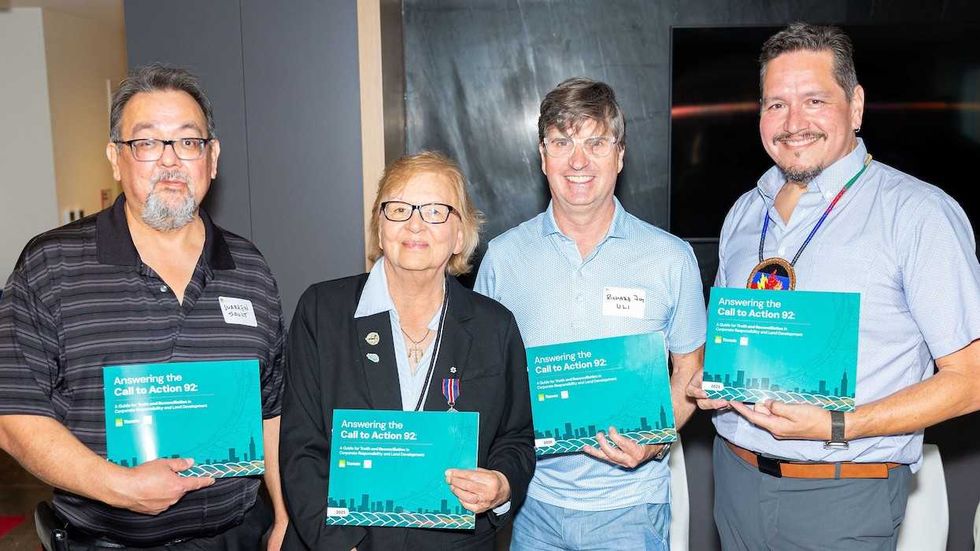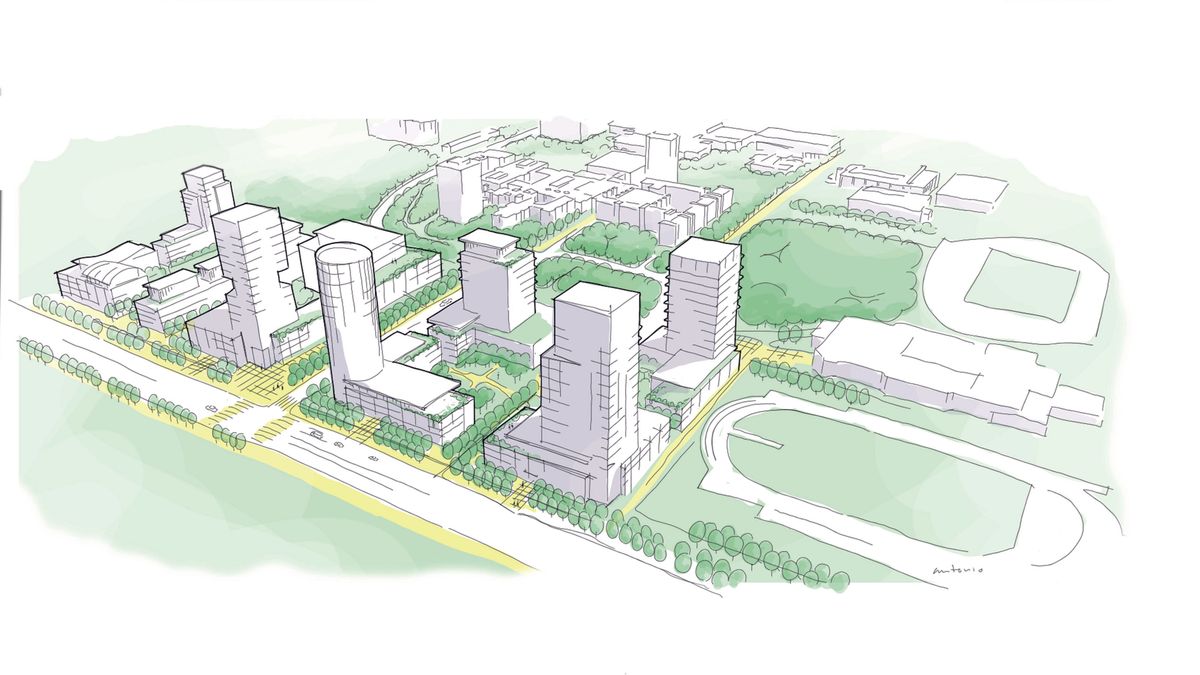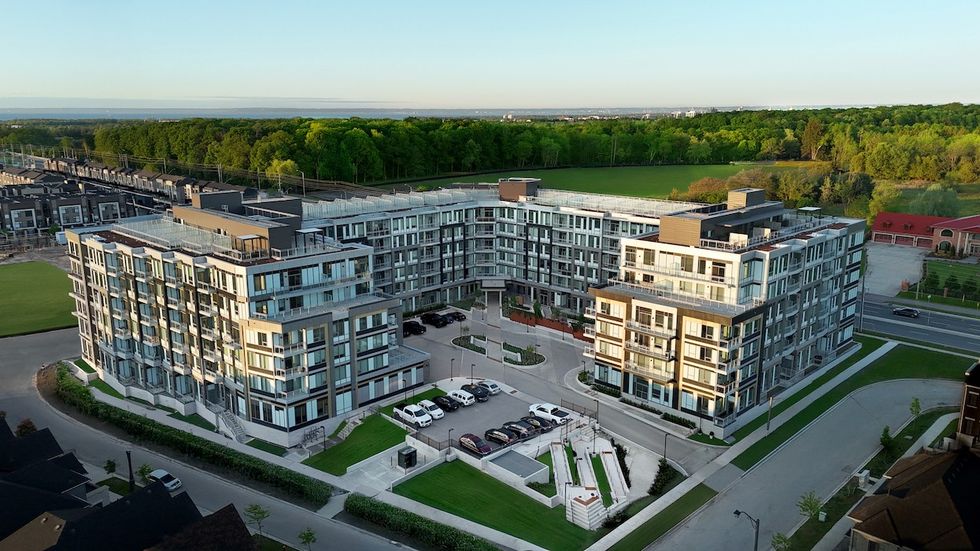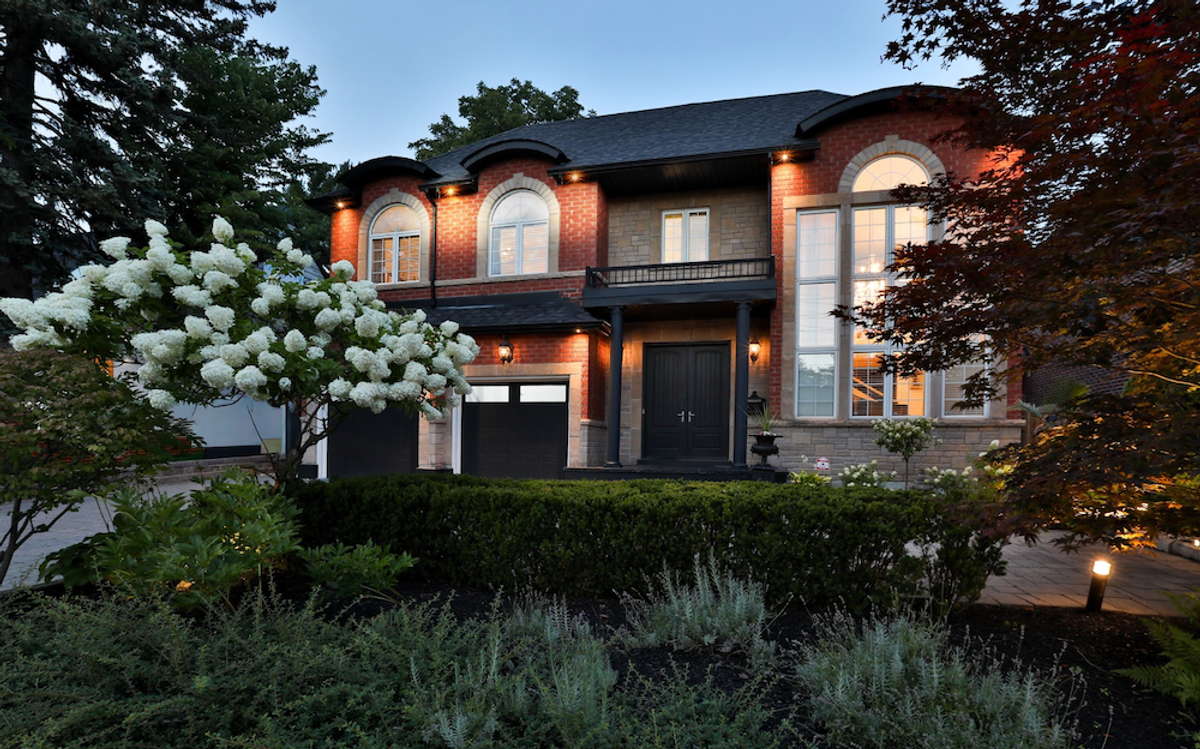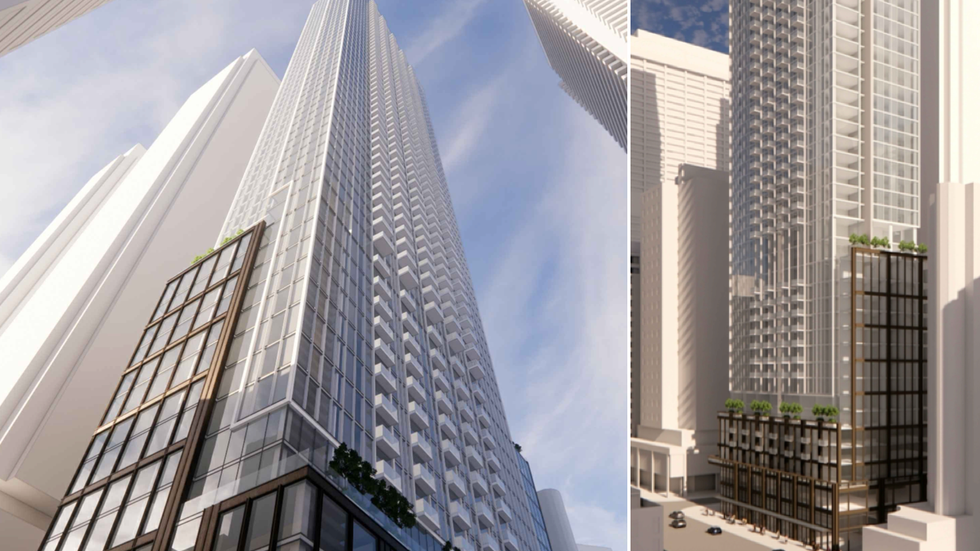Minister of Finance Peter Bethlenfalvy presented Ontario’s budget for 2025 at Queen’s Park on Thursday afternoon, predictably putting a strong emphasis on ongoing trade tensions with the US in his remarks. With tariffs turning the economy on its head and unemployment on the uptrend, this year’s $232.5-billion budget accounts for a $14.6-billion deficit over the 2025-2026 fiscal year. A “path to balance” isn’t anticipated until the 2027-2028 fiscal year.
The release of the 2025 budget also comes as the Province faces grim realities on the homebuilding front, with housing starts projected to slow to 71,800 this year and 74,800 in 2026 — figures that indicate the Province will fall far short of its goal of 1.5 million new homes by 2031. So fittingly, this year’s budget includes billions earmarked for initiatives to bolster and support new housing development.
For example, $2 billion over four years has been set aside for the Housing-Enabling Water Systems Fund (HEWSF) and the Municipal Housing Infrastructure Program (MHIP). That breaks down into $1.3 billion through the HEWSF to expand drinking water, wastewater, and stormwater infrastructure to enable approximately 600,000 new homes; $400 million through the MHIP − Housing-Enabling Core Servicing Stream to enable 58 projects and 160,000 new homes; and $175 million through the MHIP − Health and Safety Water Stream to ensure communities have access to safe drinking water, reliable wastewater services, and are protected during extreme weather events.
The Province is also investing an additional $400 million towards the MHIP and HEWSF in the near-term, in response to “strong interest from municipalities.” Meanwhile, up to $35 million will go to the Regional Municipality of Peel to expand the G.E. Booth Water Resource Recovery Facility as part of the HEWSF’s first intake. The investment is anticipated to unlock up to 46,784 new housing units in the Region.
Also on the infrastructure front is a $5-billion top-up to the Building Ontario Fund, with a portion of those funds set to go towards affordable housing infrastructure to be developed in partnership with institutional investors.
In line with federal intentions to up the ante on prefab housing construction, the budget commits $50 million to expand industrial capacity in modular construction. The funds are set to be delivered over five years through Invest Ontario, and will go towards upgrading existing production-line machinery and supporting new and innovative technologies that accelerate output.
The 2025 budget also reiterates a $975-million investment in Waterfront Toronto’s revitalization plan, which is a tri-government initiative that is expected to deliver over 14,000 new homes, including affordable rental homes, to two new waterfront communities, known as Quayside and Ookwemin Minising. The projects are anticipated to create around 100,000 skilled trades jobs and contribute $13.2 billion to the economy.
